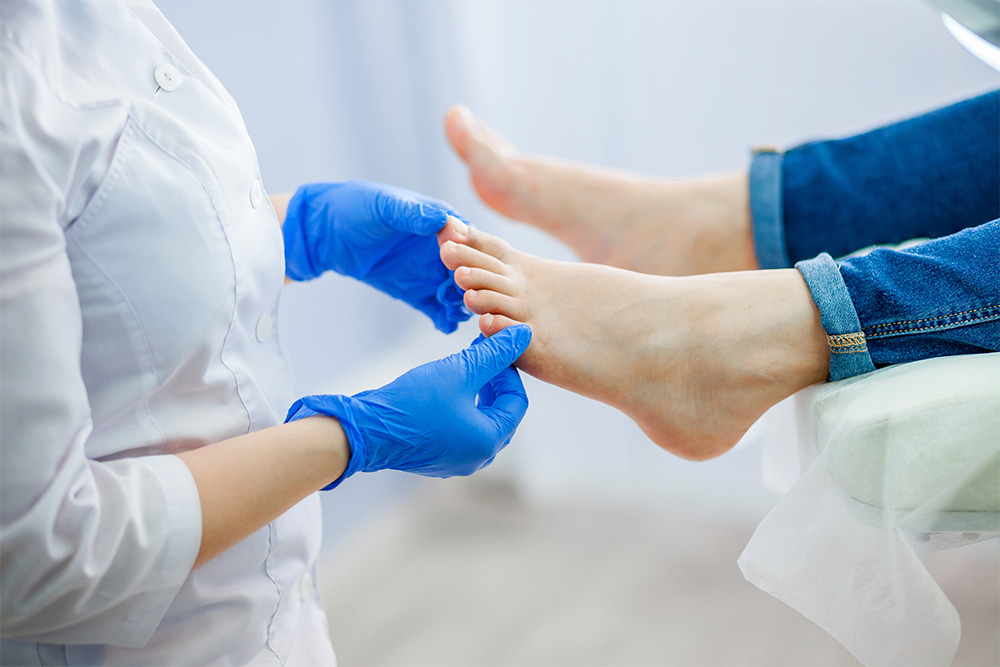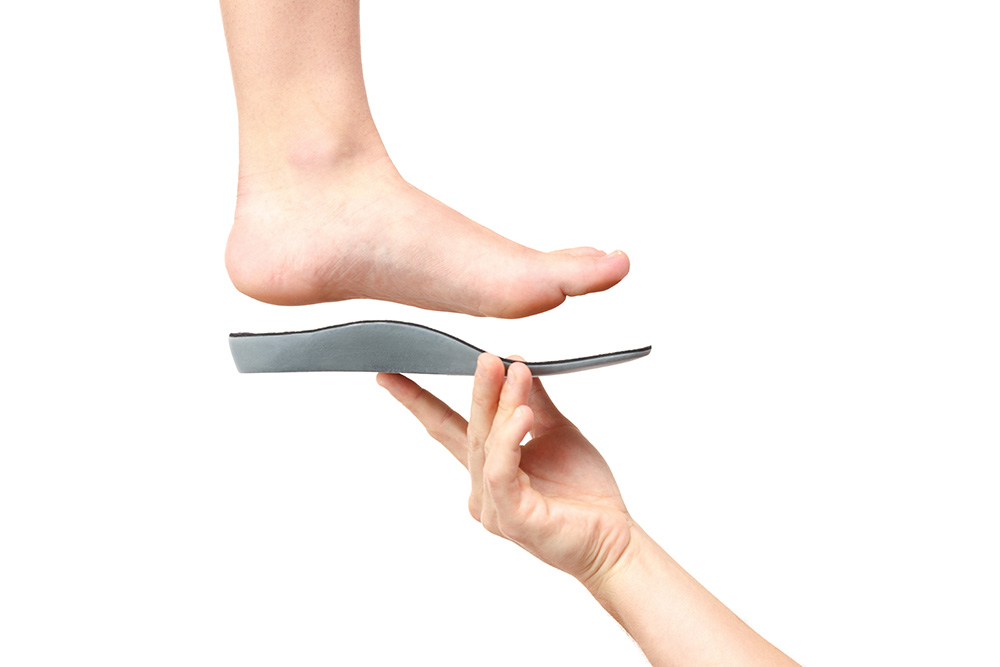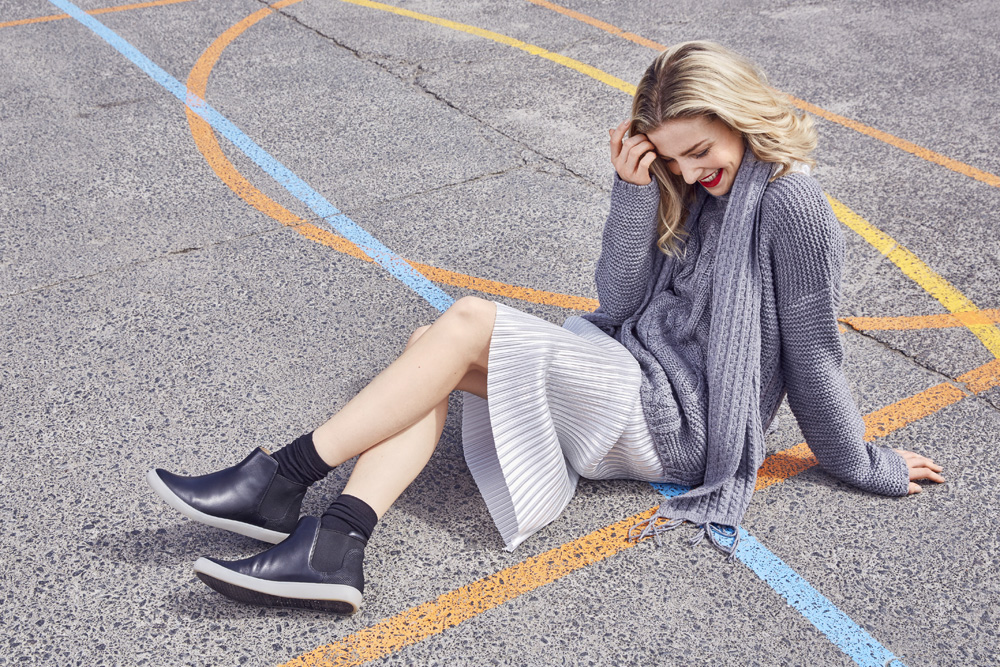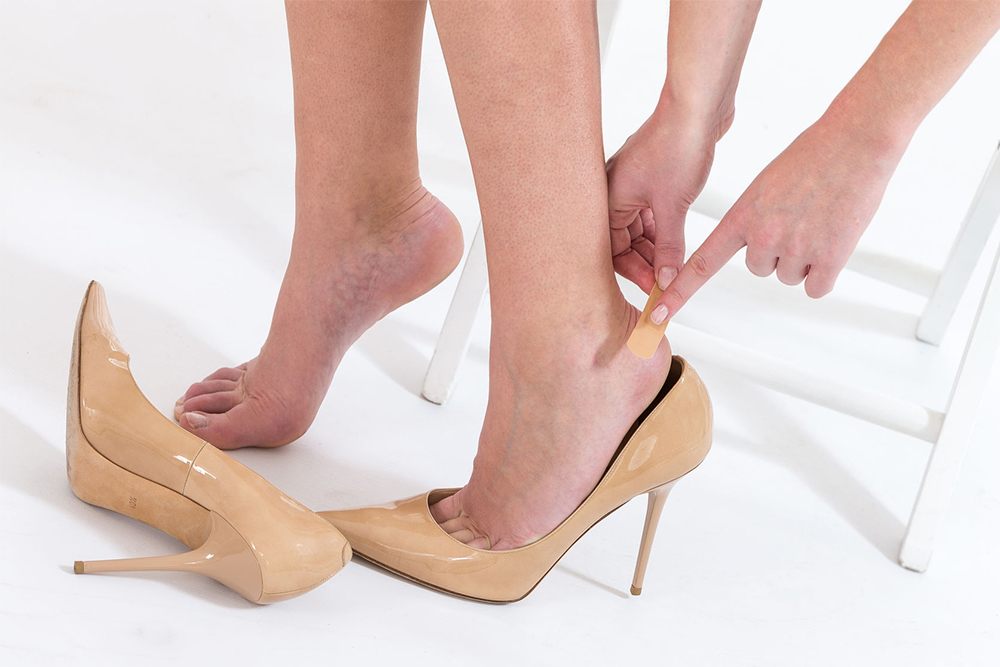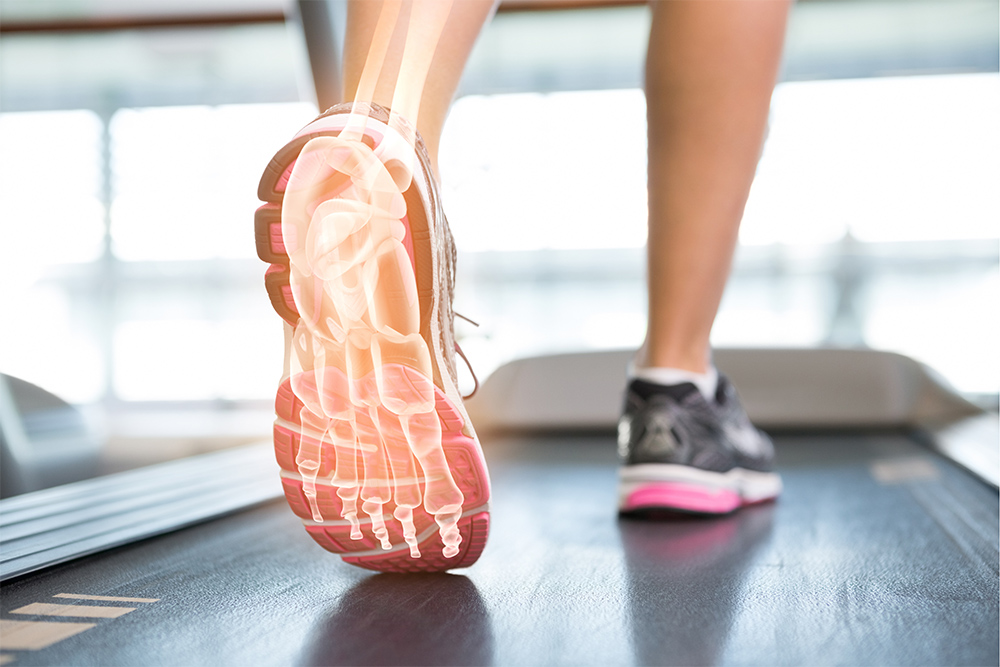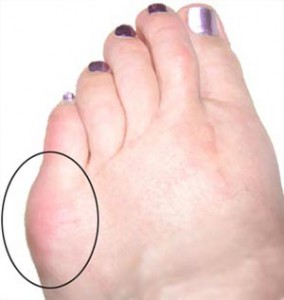
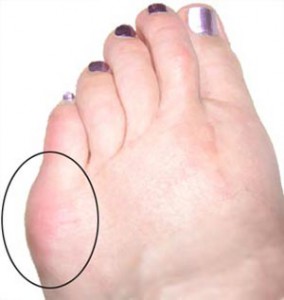 A Tailor’s bunion is similar to a bunion, but instead occurs on the outside of the foot, affecting the joints at the base of the little (fifth) toe. It is also known as a bunionette. The name ‘tailor’s bunion’ comes from the historical seating position of tailors that worked sitting cross-legged, which pushed the side of the little toe into the ground, hence making them more likely to develop these bunions.
A Tailor’s bunion is similar to a bunion, but instead occurs on the outside of the foot, affecting the joints at the base of the little (fifth) toe. It is also known as a bunionette. The name ‘tailor’s bunion’ comes from the historical seating position of tailors that worked sitting cross-legged, which pushed the side of the little toe into the ground, hence making them more likely to develop these bunions.
Tailor’s Bunion Symptoms
A bony protrusion (lump) over the outside of the fifth toe joint is the most common observation in people with a Tailor’s bunion. This bony lump can often become irritated and painful, with swelling and redness over and around the enlargement. This inflammatory response is due to irritating the soft tissues around the joint, which is often caused by wearing shoes that are too narrow or tight. If shoes constantly rub against the bunion, callus and corns may also develop on and around the bunion.
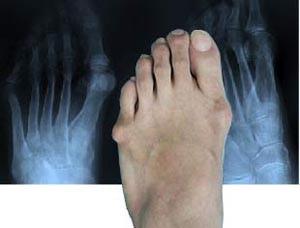
What Causes Tailor’s Bunions?
The Tailor’s bunion can be caused by a number of factors, including footwear and foot function. Foot biomechanics (the way your feet move) are through to play an important role in the development of Tailor’s bunions. People that take more weight on the outside of their feet (supinated feet) and people who have increased forefoot widening or splay being most commonly affected. Excessive tightness of the calf muscles, leading to increased loading through the ball of the foot may also be a contributing factor. Poorly fitting footwear that pushes the fifth toe inwards may aggravate symptoms by increasing pressure on the outside of the foot.
Narrow and tight-fitting footwear may also cause, or speed up the development, of a tailor’s bunion. These shoes force the little toe inwards towards the other toes, encouraging changes to the joint alignment, and aggravating the joint through persistent rubbing against the shoe.
Treating Tailor’s Bunions?
Treating Tailor’s bunions will initially involve measures to decrease the pain. In the short term, this will usually involve reducing pressure and loading on the painful area.
Avoiding high heeled or narrow fitting shoes is also very important. If necessary, shoes may be stretched or modified with in-shoe padding to accommodate for the bony protrusion.
Orthotics or customised insoles may also be prescribed to help reduce excessive joint loading and reduce isolated pressure on the bunion
Strengthening and mobility exercises may also be incorporated to strengthen foot muscles and improve ankle flexibility, with the aim of redistributing load evenly across the ball of the foot.
If pain and dysfunction do not improve, a consultation with an orthopaedic surgeon may be considered.



